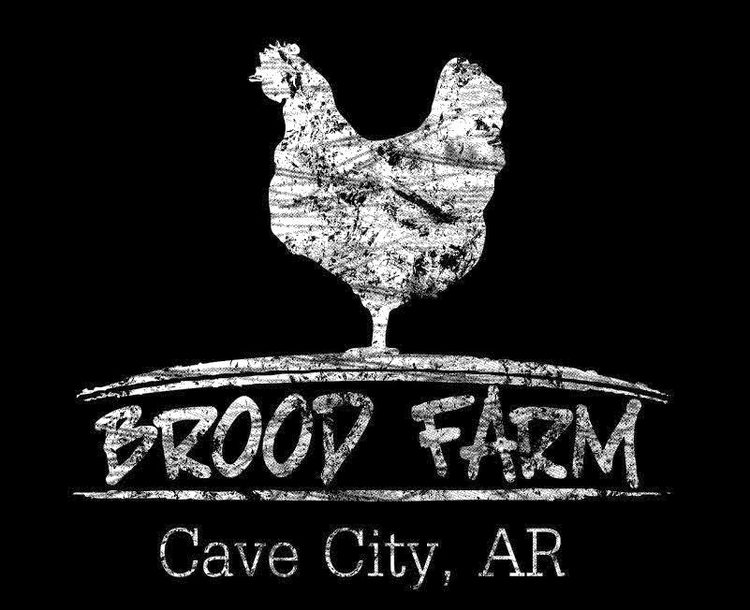Razz is my #1 gal out in the field. We've got this whole herd out there, but she's our only milker right now, so that definitely sets her apart. She is well-behaved on the milk stand, has a nice udder, and gives a good amount of milk. Since these traits are largely hereditary, we were so thankful that her baby this past spring was a girl that we named First Star.
Hopefully, in a couple years, Star will become the first great milker to have been born on our farm. So, she's pretty special because of the high hopes we have for her. But, she's turned out to be pretty special in other ways, too.
Star is the one at left.
First of all, she's gorgeous. Her mostly pink nose gives her a feminine look, and her light-colored coat with roaning is just plain stunning.
And, maybe most importantly, Star is special because she thinks we're pretty special. This goat LOVES us! In fact, it was hard for me to get a pic of her because she pretty much stays right up on me when I'm out in the field.
She stays right by my side, hoping for a good petting.
Most Nubians don't care for having their ears messed with. That was a pretty upsetting discovery for me because their floppy ears are so cute, they're just begging to be scratched! Star is the only one of our goats who doesn't mind it a bit, though, if you give her ears some attention. So long as you're petting her, she's a happy girl!
She's getting pretty big and needs to be weaned soon. Right now, she spends the day with her Momma Razz, nursing and grazing. At night, she is separated from Momma so that Razz can be milked in the morning. Soon, though, we'll separate them full time and milk Razz both morning and evening. It's about time, too. They look kind of silly together when Star is nursing -- she's gotten so big, she can barely get underneath her Momma anymore.











































